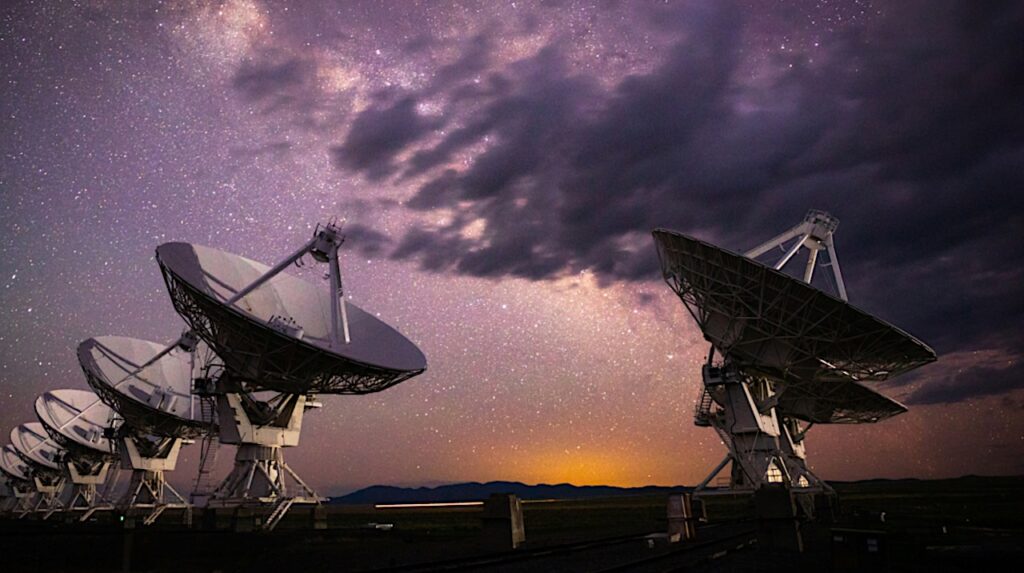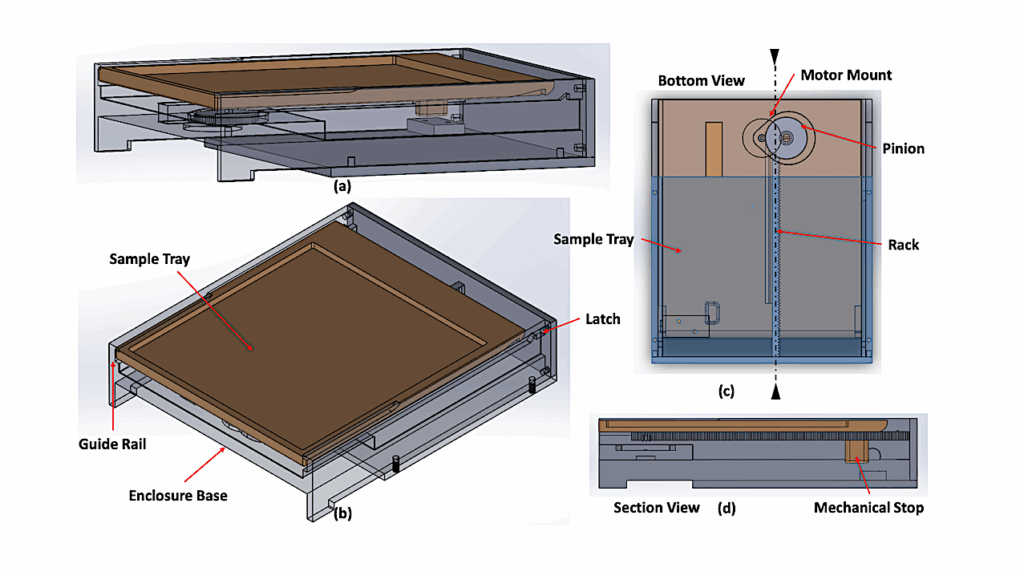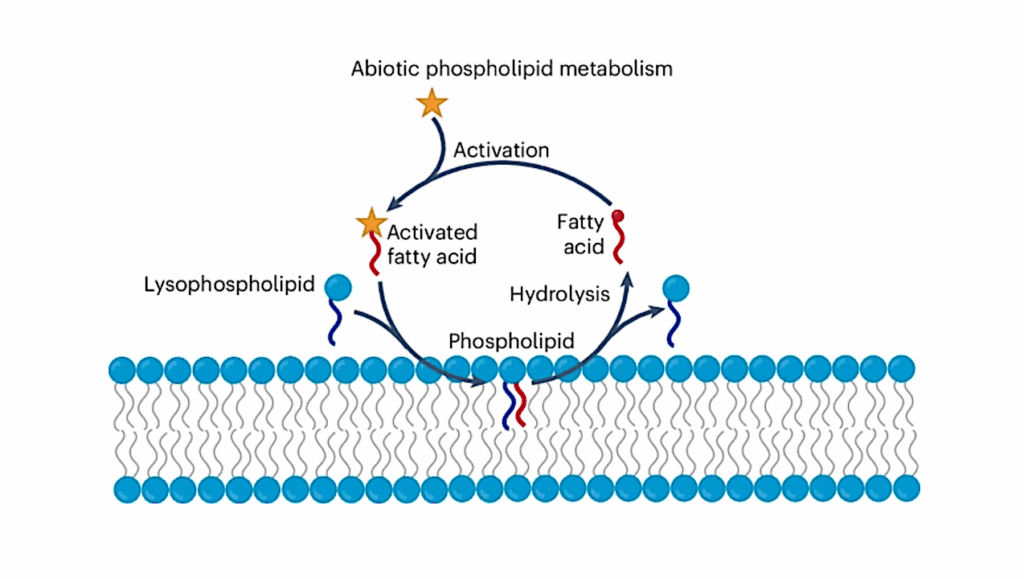Biosignature Anisotropy Modeled on Temperate Tidally Locked M-dwarf Planets

A planet’s atmospheric constituents (e.g., O2, O3, H2O, CO2, CH4, N2O) can provide clues to its surface habitability, and may offer biosignature targets for remote life detection efforts.
The plethora of rocky exoplanets found by recent transit surveys (e.g., the Kepler mission) indicates that potentially habitable systems orbiting K- and M-dwarf stars may have very different orbital and atmospheric characteristics than Earth. To assess the physical distribution and observational prospects of various biosignatures and habitability indicators, it is important to understand how they may change under different astrophysical and geophysical configurations, and to simulate these changes with models that include feedbacks between different subsystems of a planet’s climate.
Here we use a three-dimensional (3D) Chemistry-Climate model (CCM) to study the effects of changes in stellar spectral energy distribution (SED), stellar activity, and planetary rotation on Earth-analogs and tidally-locked planets. Our simulations show that, apart from shifts in stellar SEDs and UV radiation, changes in illumination geometry and rotation-induced circulation can influence the global distribution of atmospheric biosignatures. We find that the stratospheric day-to-night side mixing ratio differences on tidally-locked planets remain low (<20%) across the majority of the canonical biosignatures. Interestingly however, secondary photosynthetic biosignatures (e.g., C2H6S) show much greater (∼67%) day-to-night side differences, and point to regimes in which tidal-locking could have observationally distinguishable effects on phase curve, transit, and secondary eclipse measurements. Overall, this work highlights the potential and promise for 3D CCMs to study the atmospheric properties and habitability of terrestrial worlds.
Howard Chen, Eric T. Wolf, Ravi Kopparapu, Shawn Domagal-Goldman, Daniel E. Horton
(Submitted on 30 Oct 2018)
Comments: 12 pages, 4 figures, 1 table; accepted for publication to the Astrophysical Journal Letters
Subjects: Earth and Planetary Astrophysics (astro-ph.EP)
Cite as: arXiv:1810.12904 [astro-ph.EP] (or arXiv:1810.12904v1 [astro-ph.EP] for this version)
Submission history
From: Howard Chen
[v1] Tue, 30 Oct 2018 17:58:07 UTC (1,366 KB)
https://arxiv.org/abs/1810.12904
Astrobiology








